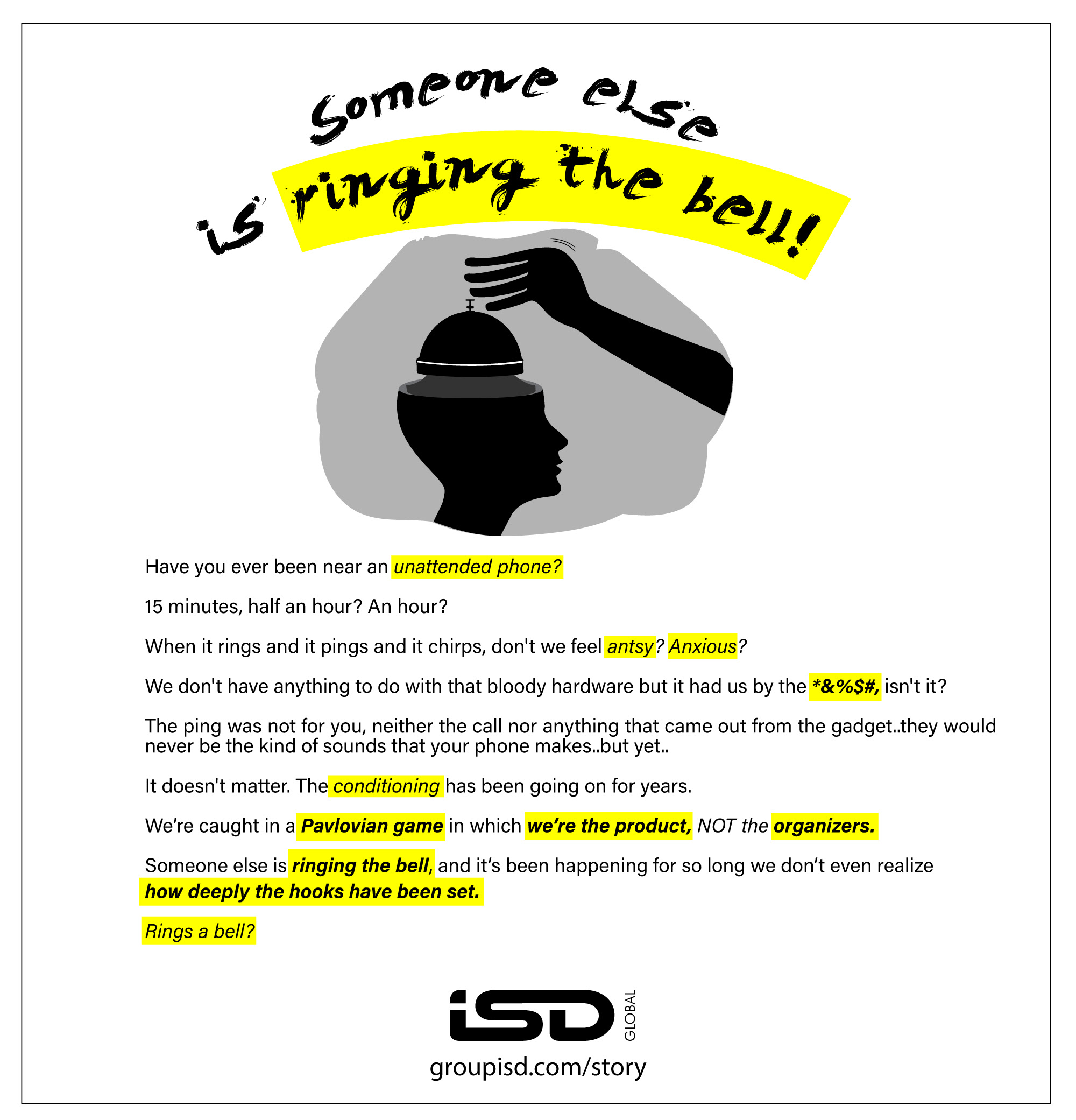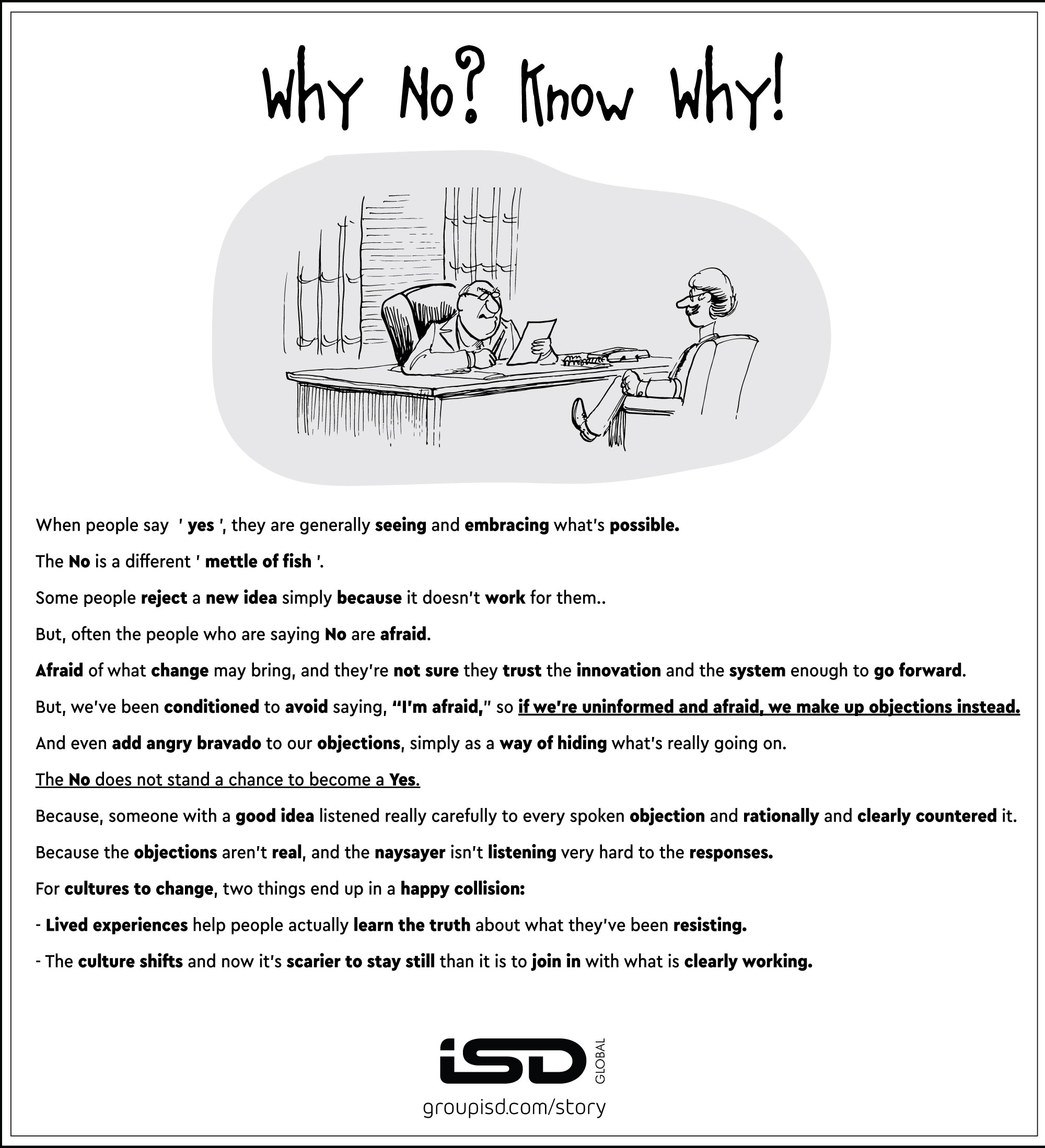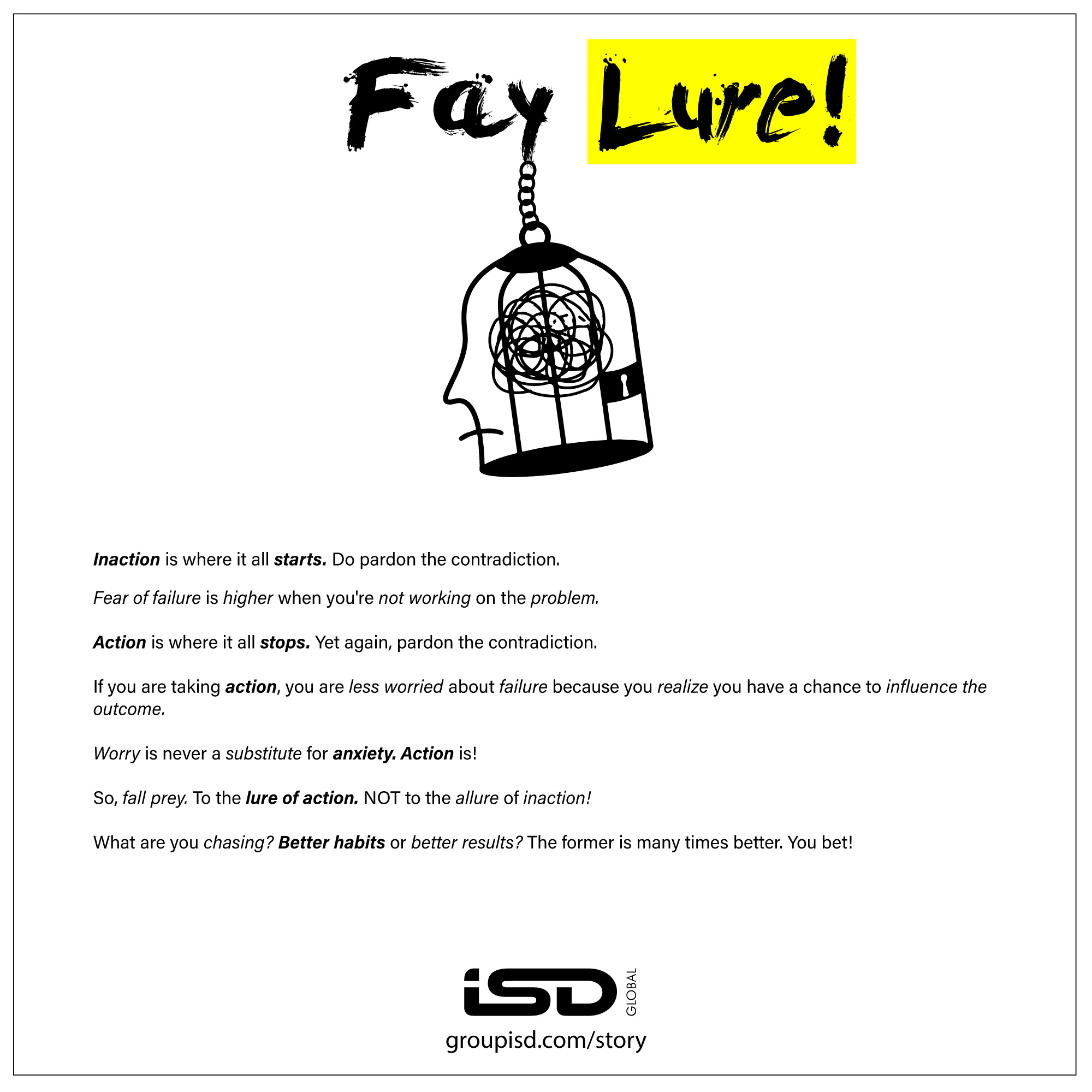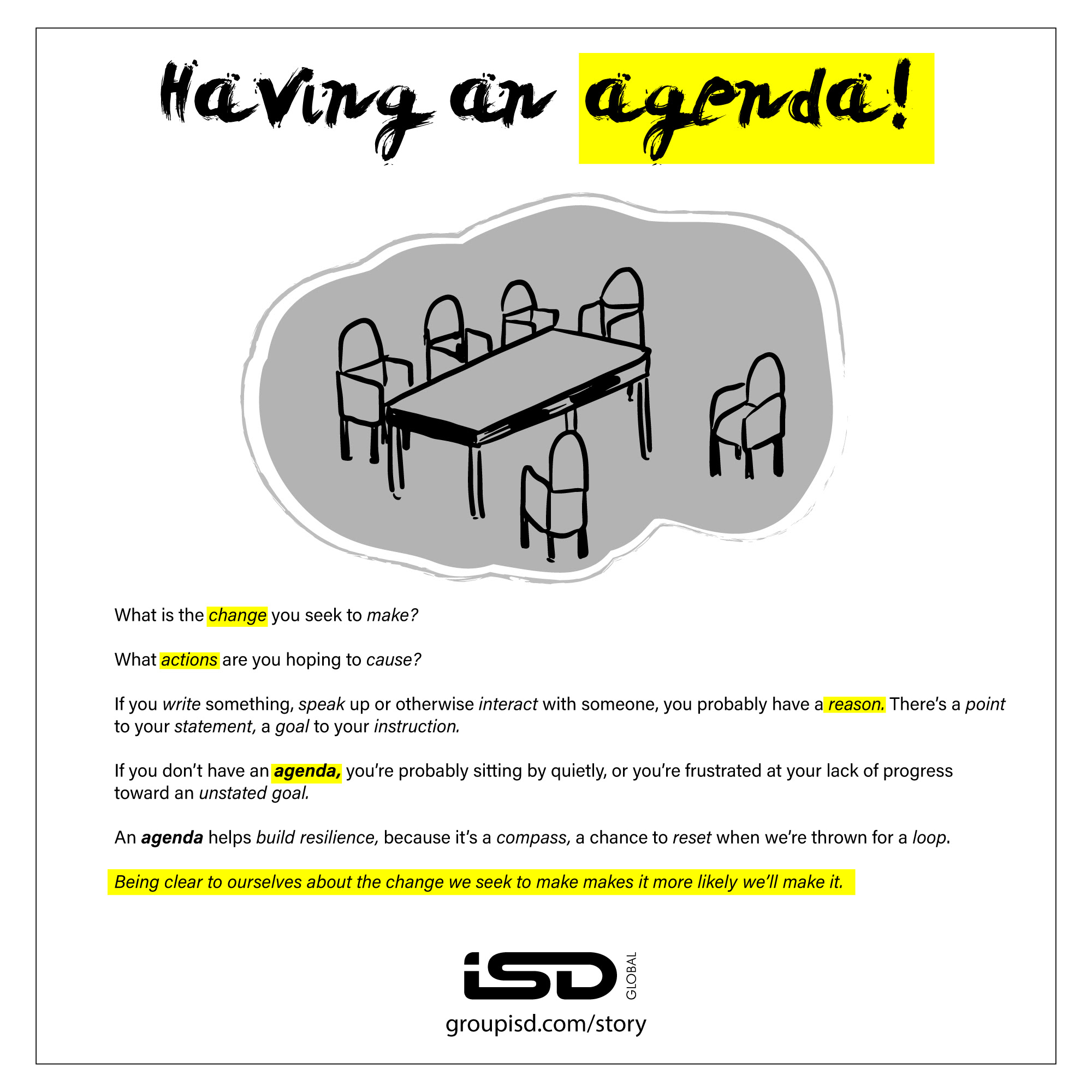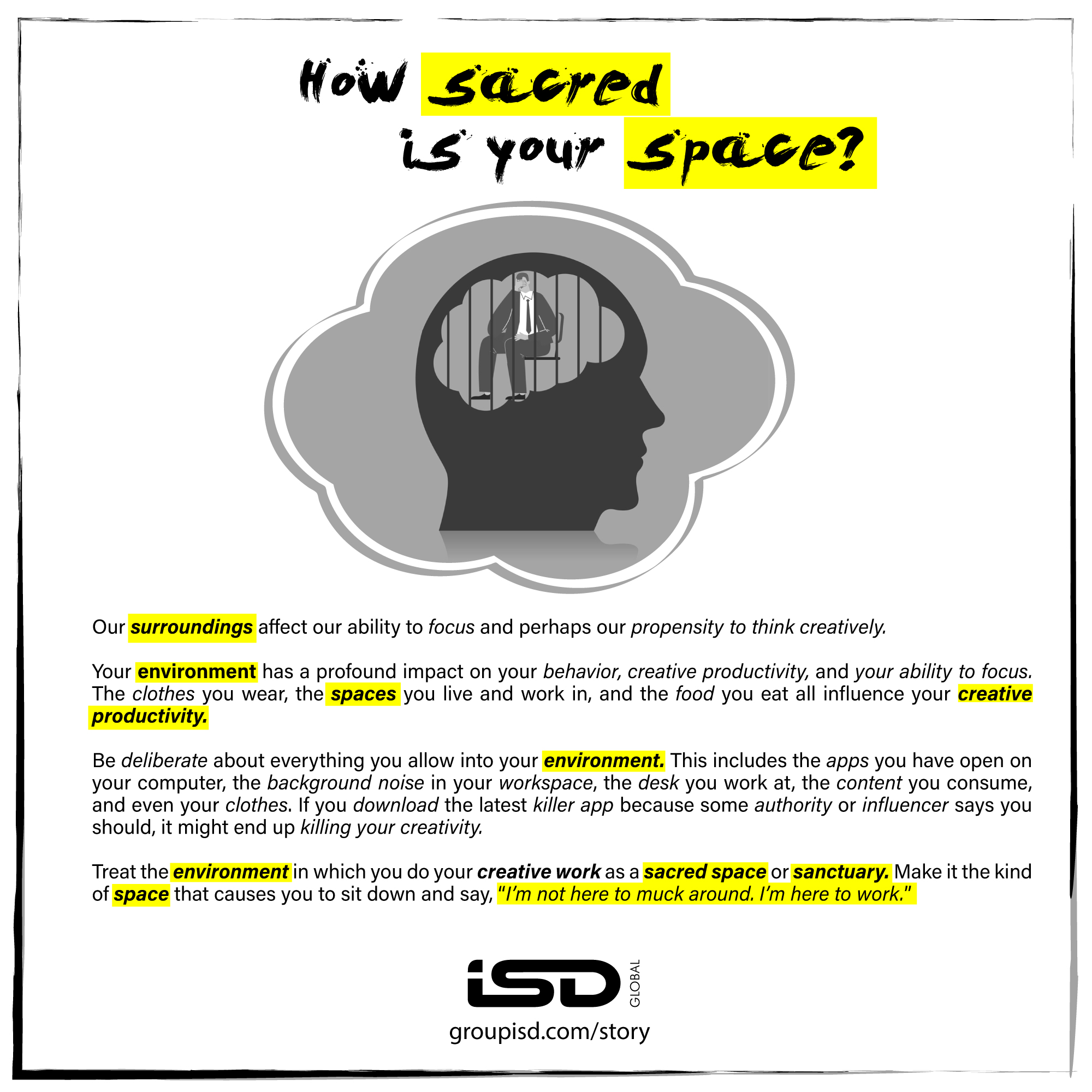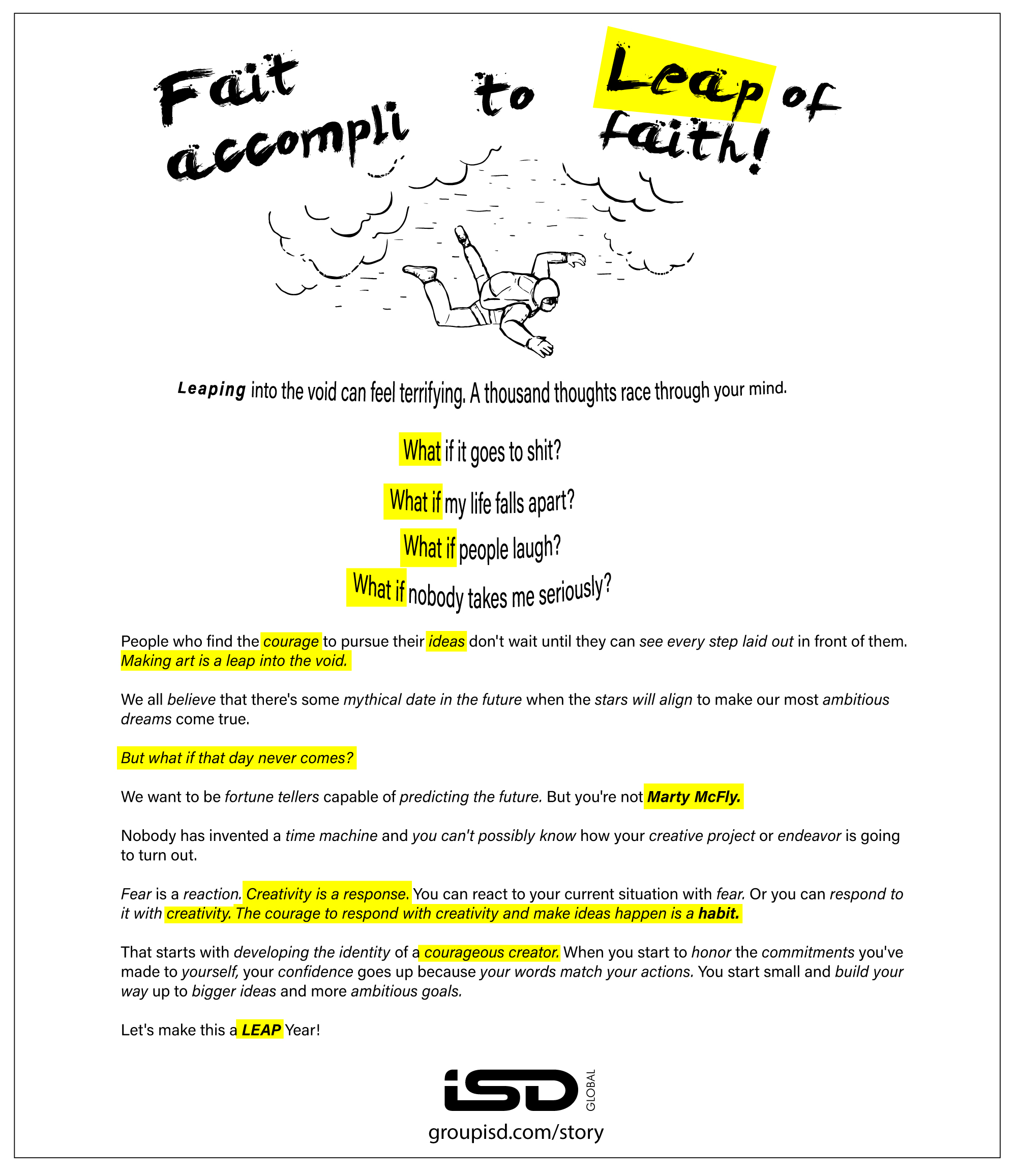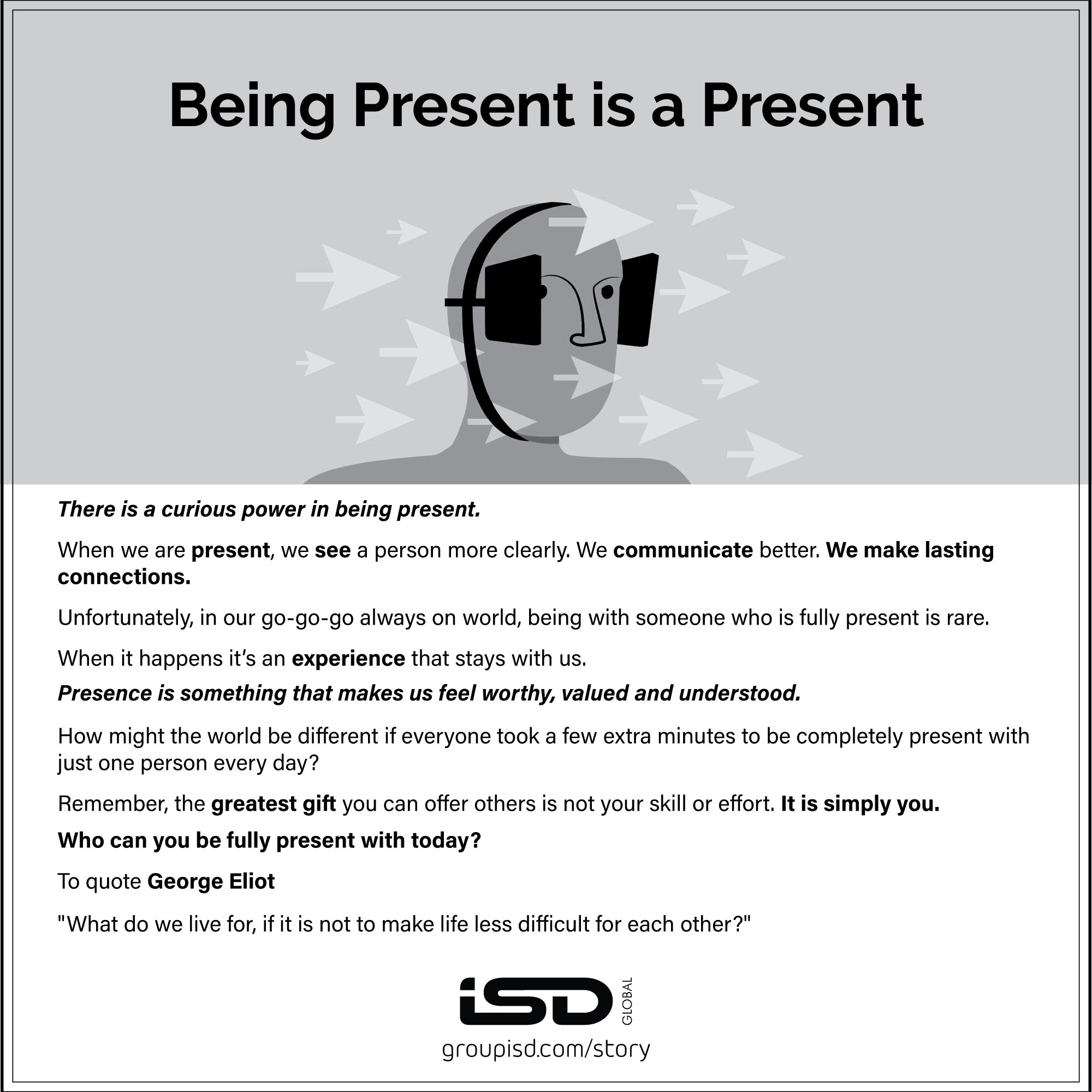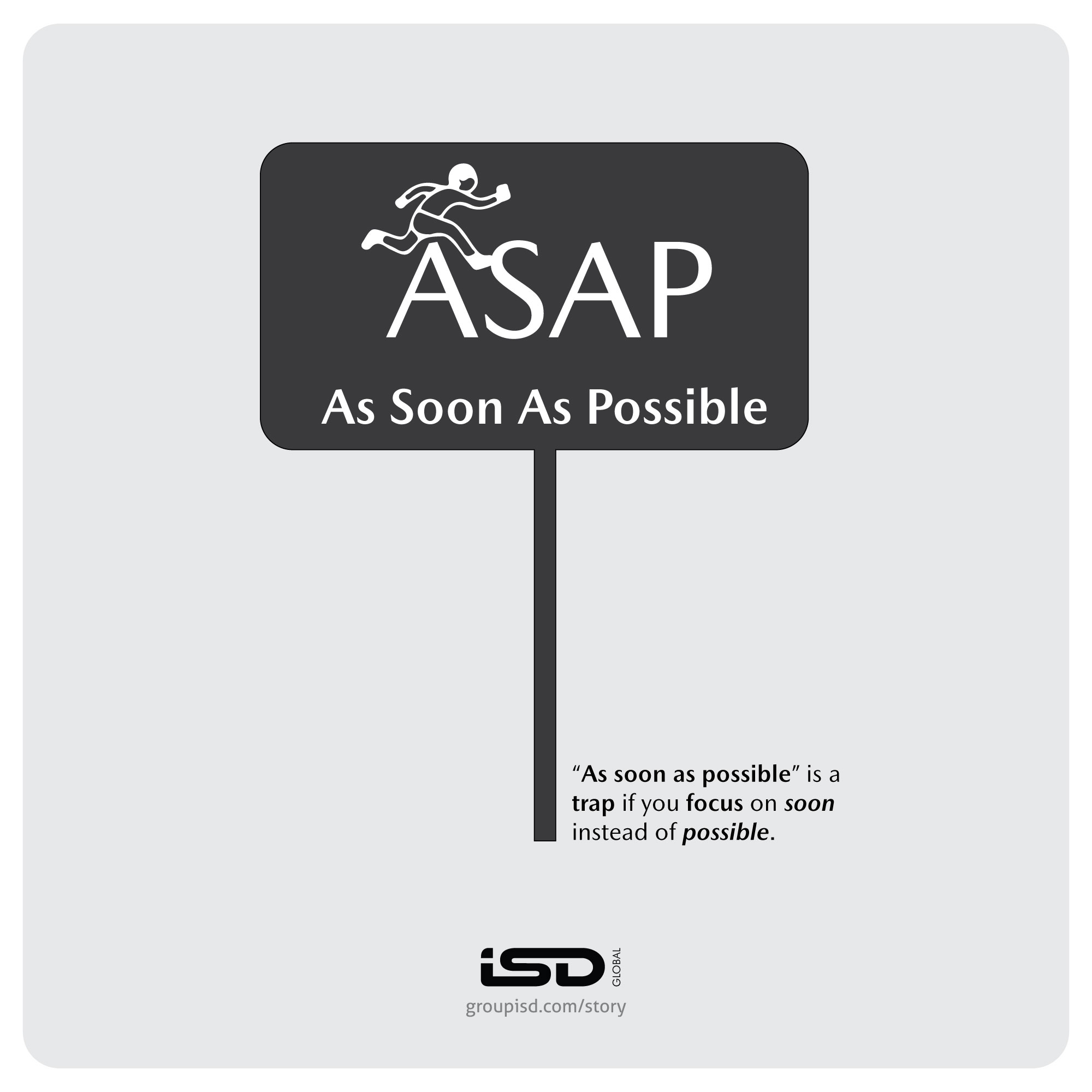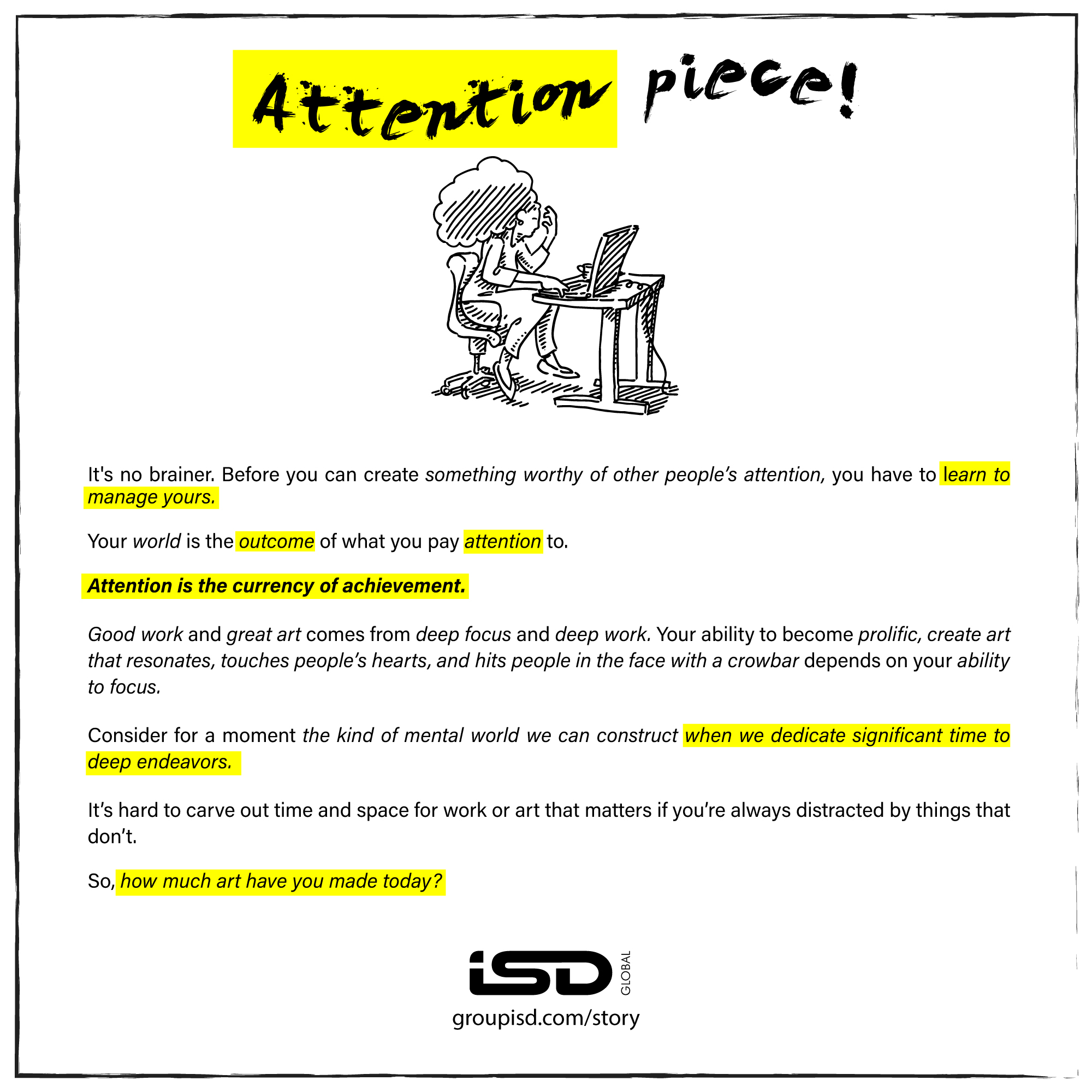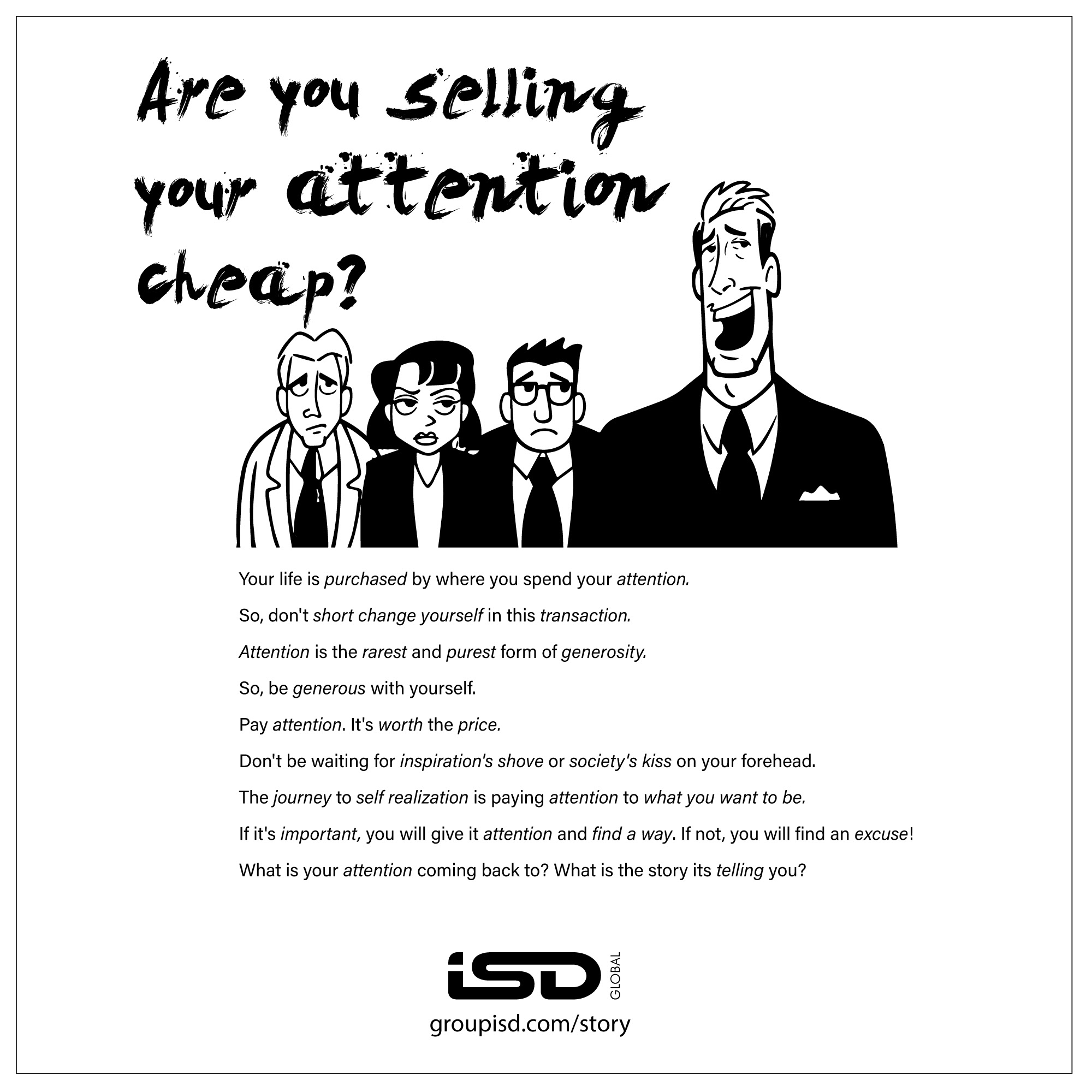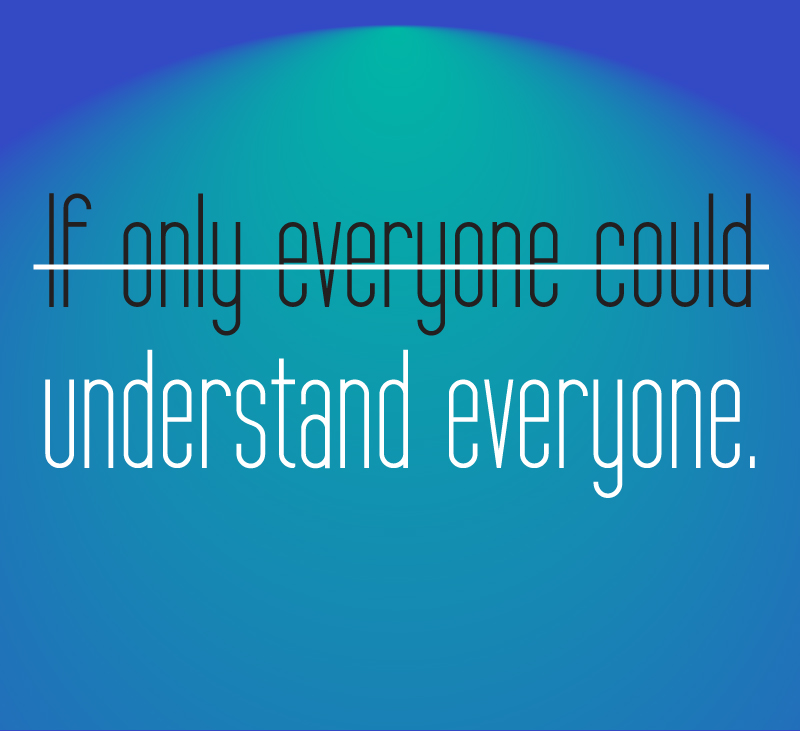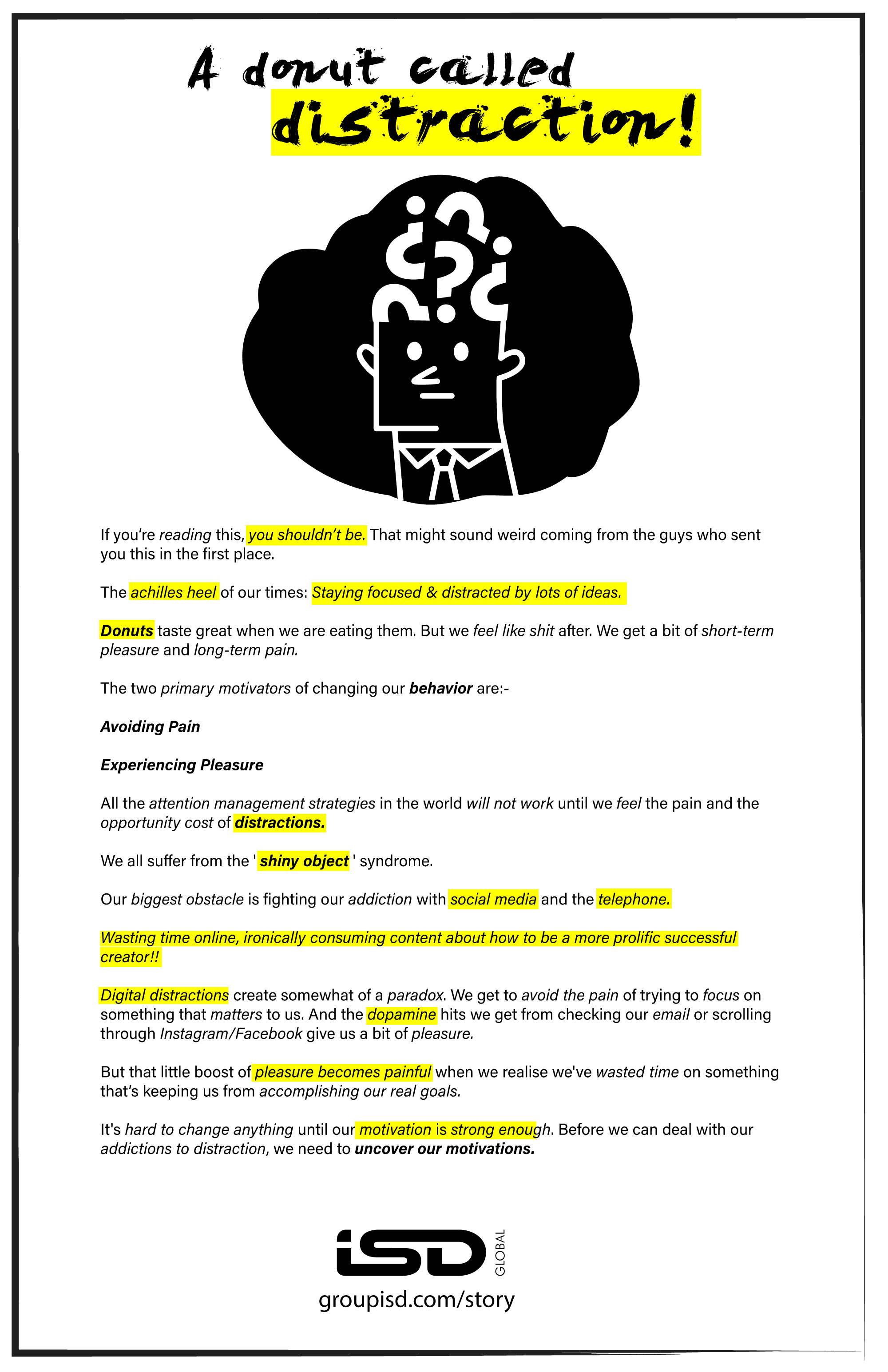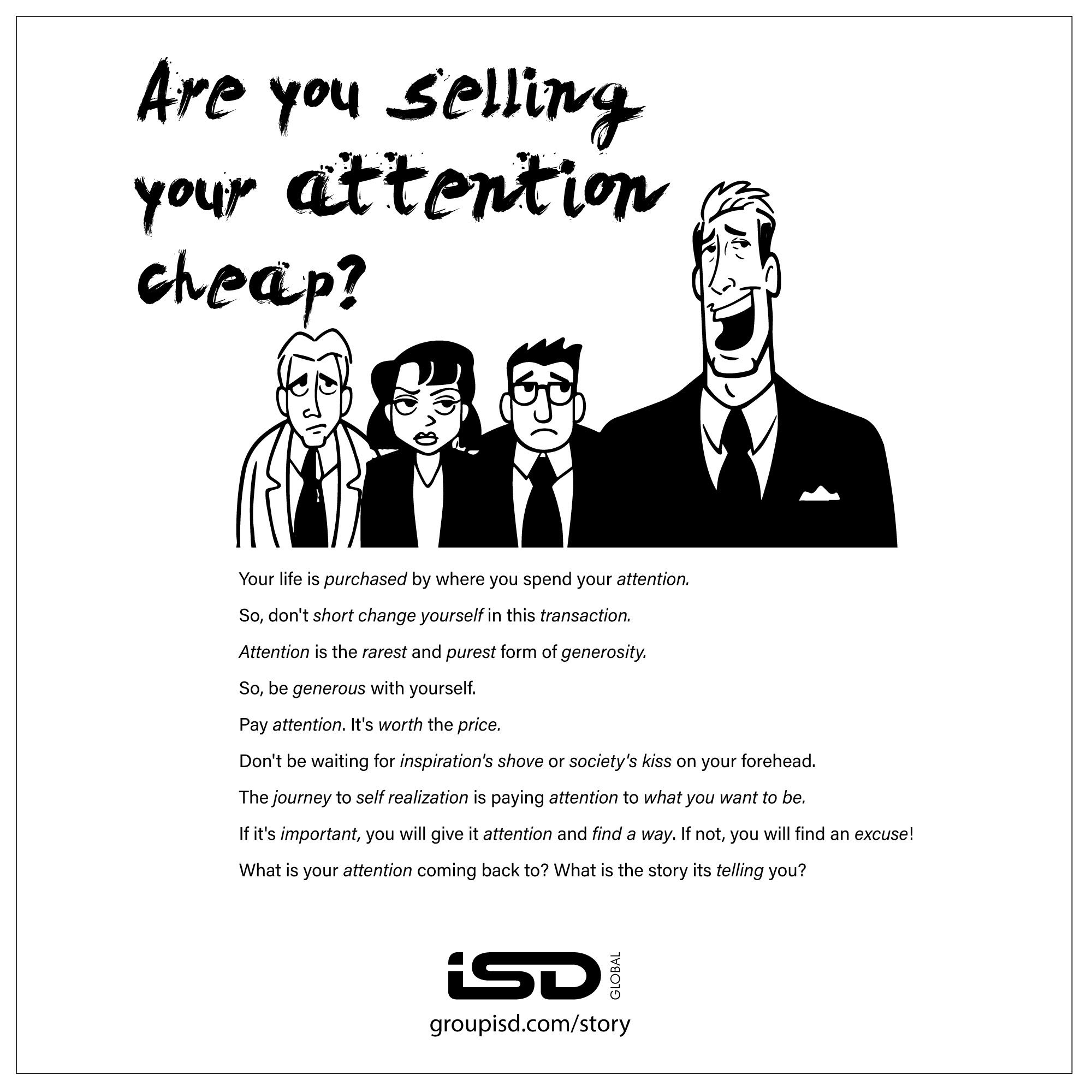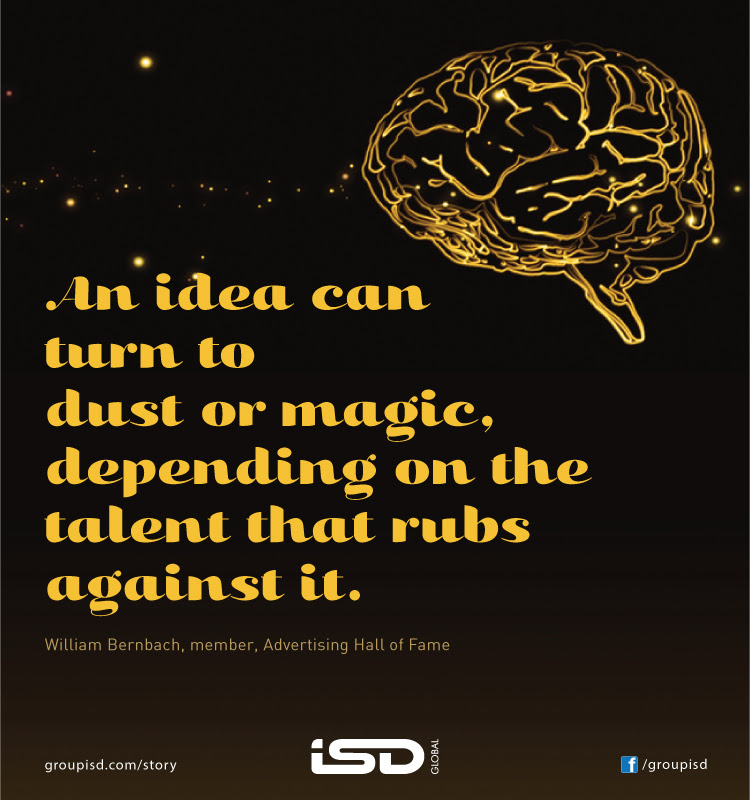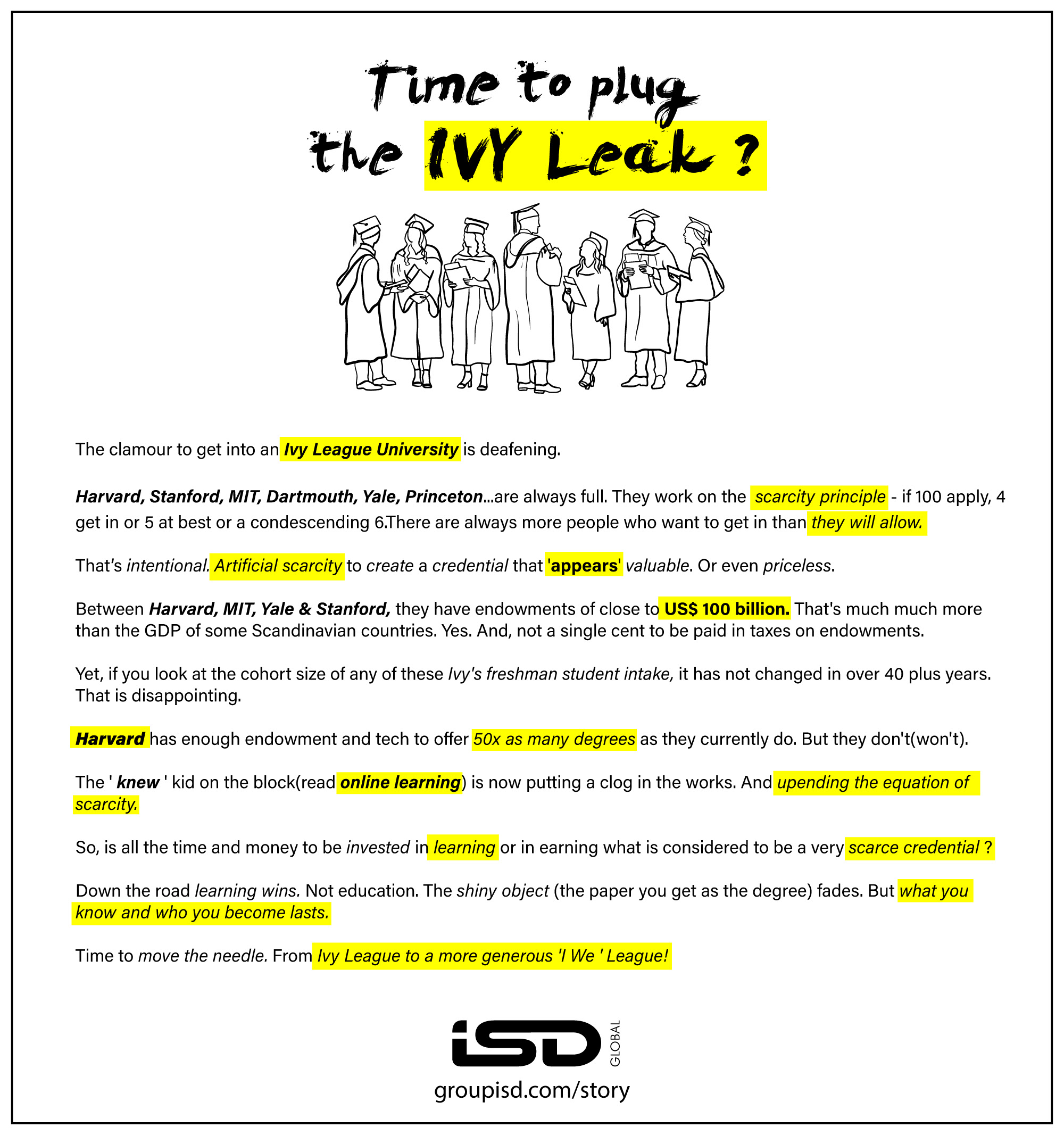The very term gap year brings with it the potential for instant ostracising. Because, sadly that is how our culture is hardwired- wherein we are trading conformity, compliance, adherence to gaining some kind of stability in return.
Somehow we have all done a terrible job of marketing and branding the gap year. Hence it has an awful name. It is almost a taboo that you are considering one.
It is that time of the year when millions of students are at the crossroads as they consider getting into universities and colleges. A lot of them take up anything that comes from their way far removed from what they needed or expected. Because they are afraid of breaking the norm, being labelled a quitter, of going against established, accepted practice. And end up spending significant amount of money and time pursuing something sub-optimal.
Why not look at the gap year with a new lens? As an opportunity? To level up, address your curiosity, explore, living(which we are not, as we are merely complying), figuring out where to contribute, how to make things better- in fact all the things that we don’t do when we are just conforming or adhering. In fact, on the contrary, our compliance years are the gap.
And this is applicable not just to college students but as much to other adults. Wherein we are committing our time and resources with intention. If you can afford it, this is a powerful moment to invest in the next chapter of who you are and what you will and can become.
Understandably it is a tough call especially for adults to move away from their freelance dance or from the security of their ‘job’ and tread the path less trodden to become the leader or the creator that you always wanted to become. But for a student, it is actually a great opportunity to disembark from the carousel of conformity and lockstep obedience and actually commit to a path of your own choosing– leverage the freedom of being an amateur. Save up on that sizable tuition money and make it work for you, far, far better.
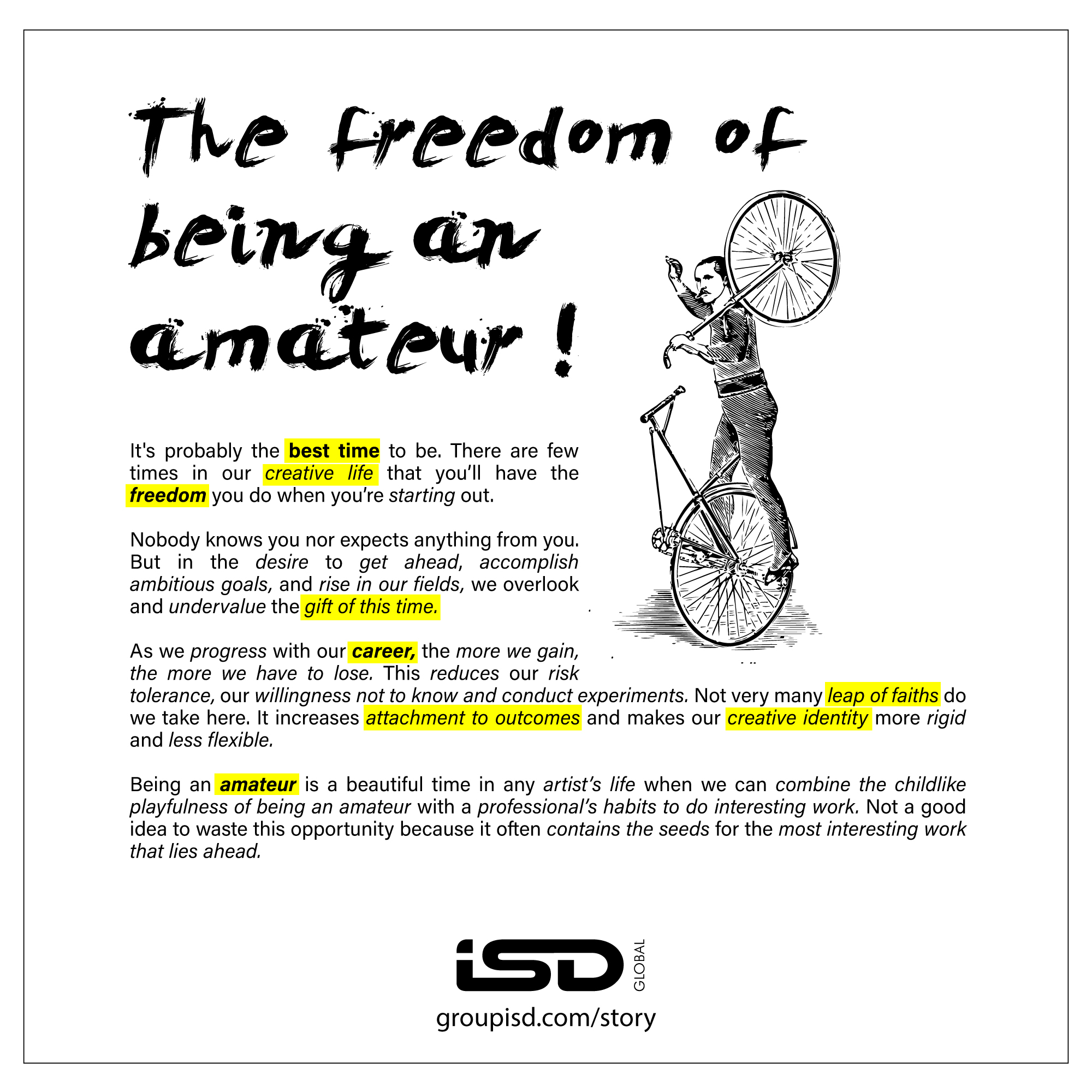
The duration can be a semester or two or an entire year- wherein you have created the chance to become the best version of yourself, make your dent in the universe and adopt a posture that will remain a permanent asset you have at your disposal rather than fall prey to the diktat of the zeitgeist, the herd mentality.
People like us do things like this. The acute discomfort that you feel is exactly the reason why you should consider a gap year in the first place and spend more time invested in it.

